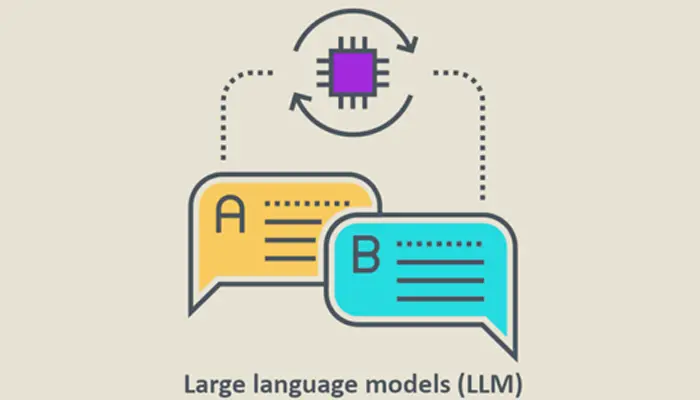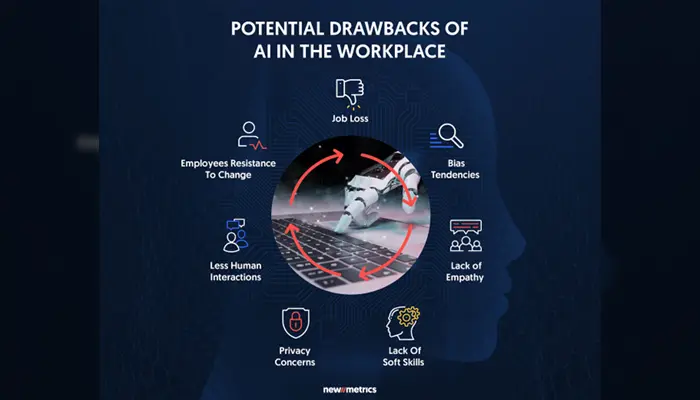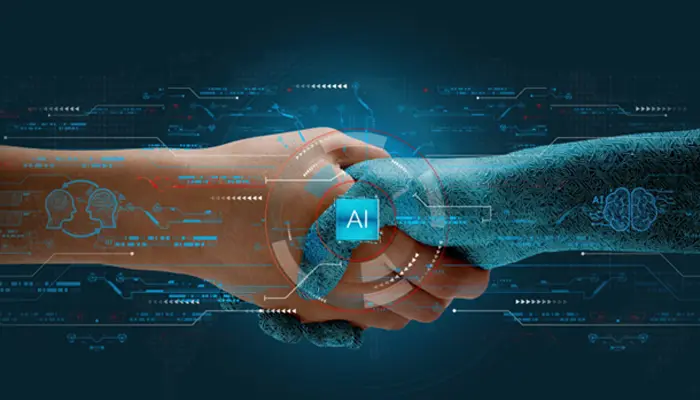GPT-5 to Arrive This Summer: How Large AI-Language Models Are Reshaping the Employment Landscape
- Admin
- 1 year ago
- 4 minutes read

Upon the launch of GPT-4, OpenAI stirred excitement and concern with its uncanny ability to mimic human communication. Sam Altman, CEO of OpenAI, often faces the recurring question about the release of GPT-5, typically responding with vague hints and promises of future advancements. A recent report by Business Insider suggests that GPT-5 is slated for release around mid-2024, possibly during the summer months. According to undisclosed sources within the company, select enterprise clients have already been treated to demonstrations of GPT-5 and its accompanying improvements to ChatGPT. This news marks a significant development in the evolution of AI language models, hinting at further strides in natural language processing technology. As anticipation mounts, the industry eagerly awaits the unveiling of OpenAI's latest creation and its potential for reshaping human-machine interaction.
The emergence of Large Language Models (LLMs) such as GPT-4 represents a significant milestone in artificial intelligence. These models possess an unparalleled capacity to comprehend, generate, and engage with human language on a vast scale. Their proliferation is anticipated to usher in transformative effects across diverse professional domains. This article aims to delve into the potential ramifications of LLMs on various vocations, illuminating both the prospects and hurdles that may ensue.
The Emergence of LLMs in Professional Sectors

LLMs have swiftly integrated into various professional sectors, spanning healthcare, law, education, and creative industries. In healthcare, they aid in medical diagnosis and patient communication, potentially enhancing healthcare delivery while alleviating the burden on medical professionals. Within the legal realm, LLMs are utilized for analyzing legal documents and assisting in legal research, thereby enhancing efficiency and precision. In education, these models are reshaping teaching methods by offering tailored learning experiences. Additionally, within creative industries, LLMs are harnessed for content creation, encompassing writing to art generation, paving the way for innovative expression.
Enhancing Productivity and Efficiency
The integration of Large Language Models (LLMs) profoundly impacts productivity and efficiency in various professions. By automating tasks like "data analysis," "report generation," and "customer service inquiries," LLMs enable professionals to dedicate more attention to intricate and innovative aspects of their work. This transition fosters heightened job satisfaction and encourages innovation as individuals are freed from monotonous duties, allowing them to channel their energies into more rewarding endeavours. Consequently, professionals can leverage their expertise to drive progress and tackle challenges, ultimately enhancing overall performance and contributing to the advancement of their respective fields.
Skill Transformation and Job Evolution
The integration of LLMs into the workplace heralds a shift in requisite skill sets for professionals. A burgeoning demand emerges for competencies in AI literacy, data interpretation, and human-machine collaboration. With automation encroaching upon certain job functions, fresh roles surface, focusing on AI systems' management, training, and ethical oversight. This metamorphosis in job roles underscores the paramount importance of perpetual learning and adaptability in the workforce.
Ethical Considerations and Social Impact

Deploying LLMs raises ethical concerns, notably in data privacy, bias, and job displacement. Upholding individual privacy and data security is paramount. Addressing biases in training data is crucial to prevent exacerbating societal inequalities. While LLMs may cause job displacement in some sectors, they also offer opportunities for new job creation and career paths. Therefore, a balanced approach to workforce transition is essential.
Democratization of Knowledge and Expertise
Large Language Models revolutionise access to knowledge and expertise, enhancing accessibility to advanced skills and information. This democratisation diminishes barriers to education, especially in underprivileged areas. Moreover, it levels the business landscape, empowering small enterprises and entrepreneurs with tools once exclusive to larger corporations.
The Future of Human-AI Collaboration

Looking toward the future, the interaction between humans and LLMs within professional environments is poised for a significant transformation. This evolution will see a transition towards a symbiotic partnership, capitalizing on the unique strengths of each party. Humans, with their innate creativity, empathy, and ethical discernment, will complement the rapid processing and expansive data capabilities of AI. Together, they will collaboratively strive towards objectives that neither could achieve independently. This dynamic alliance promises to revolutionize productivity and innovation, fostering a new era of cooperative endeavour in the professional realm.
The impact of Large Language Models (LLMs) on the future of professional careers is profound and complex. They bring challenges such as "skill transformation" and ethical dilemmas, yet they also offer significant opportunities for efficiency, satisfaction, and knowledge accessibility. Effective utilisation of LLMs demands thoughtful integration, ongoing learning, and proactive ethical considerations. As we progress, the collaboration between human intellect and artificial intelligence will reshape professional landscapes, ushering in new avenues for innovation and advancement. This synergy promises to redefine traditional career paradigms, fostering a dynamic environment where human ingenuity and technological prowess converge harmoniously.



.webp)

.webp)






